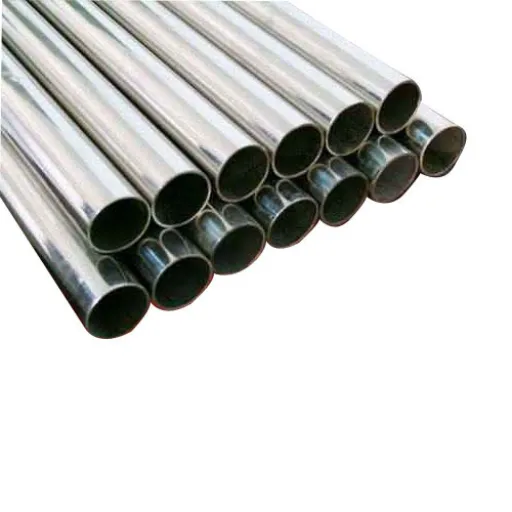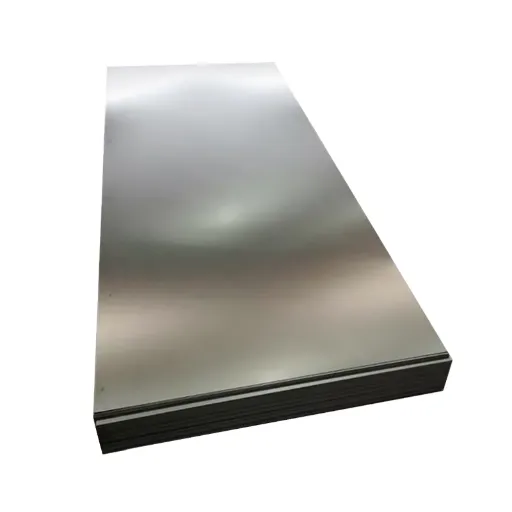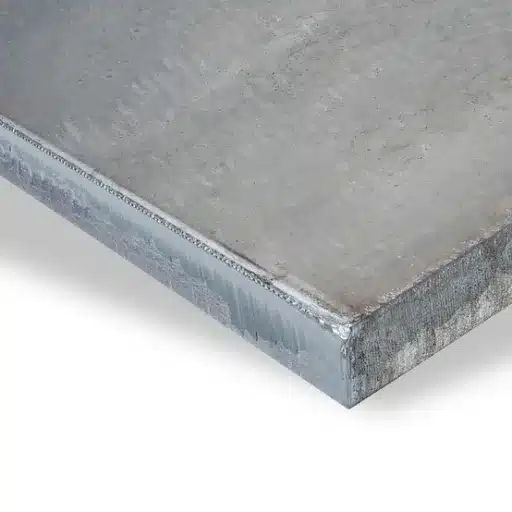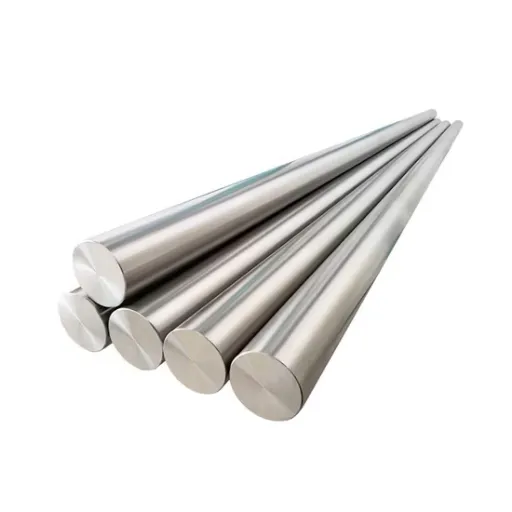Selecting flatware, the kind of stainless steel employed is a crucial factor that significantly influences the quality, longevity, and seen attractiveness of the cutlery. It is very easy to get lost in the maze of these numbers and see terms like 18/0, 18/8, and 18/10 popping up in product descriptions all the time. Are you after cutlery that is rust-proof and has the ability to keep its shine for a lifetime, or are you more concerned with the price and functionality? This guide will clear up the confusion surrounding the distinctions between the stainless steel grades and, in so doing, will empower you to make a decision that suits both your needs and your lifestyle. Be it for a formal dinner place setting or daily use, we will discuss what makes each steel composition unique. Buckle up, we are taking your flatware knowledge to the next level!
Understanding Stainless Steels
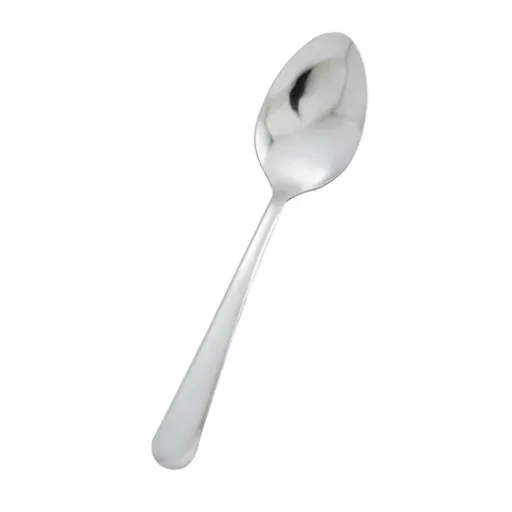
What Exactly is Stainless Steel?
Stainless steel is a metal that is resistant to rust and is composed mainly of iron, chrome and sometimes nickel, with very small percentages of other elements such as carbon, manganese and molybdenum. The major characteristic of this metal is that it can neither rust nor stain, which is the result of using at least 10.5% chromium, forming a non-reactive oxide layer on the metal surface. That layer of protection, called a passive film, is capable of repairing itself if it gets scratched, thus providing the metal with very long life and resistance against the wear and tear of nature.
The four primary groups of stainless steel are known as austenitic, ferritic, martensitic, and duplex; each group includes several types of steel with different compositions and properties. Austenitic stainless steel, e.g. the well-known 18/10 (304 grade) and 18/8 types, has excellent corrosion resistance and non- magnetic properties, which make it ideal for cutlery use. Ferritic steel is another kind of alloy (grade 430), which is somewhat cheaper and provides good resistance to corrosion, yet it is magnetic and softer than austenitic types.
Varieties of Stainless Steel
Austenitic Stainless Steel
This is the predominant category of stainless steel, prized for its superb resistance to corrosion, high ductility, and non-magnetic attributes. It consists mainly of iron, chromium, nickel, and other alloying elements like nitrogen. Popular grades such as 304 and 316 are suitable for cookware, food processing, and marine applications. Over 70% of the world’s stainless steel production is austenitic, a testimony to its versatility and acceptance.
Ferritic Stainless Steel
Ferritic stainless steel is very resistant to corrosion, although austenitic grades offer better resistance. It has magnetic properties and the amount of nickel in it is lower than that in austenitic stainless steel, which makes it cheaper. Grades such as 409 and 430, which are commonly used, can be found in car exhausts, building interiors, and decorative edges. The market share it captures in the world is about 17%-18%.
Martensitic Stainless Steel
Martensitic stainless steel has high strength and moderate resistance to rust; however, the latter depends on the carbon content which is the highest among the three main types. It possesses magnetic properties and its hardness can be significantly increased through heat treatment. Grades 410 and 420 are the main ones where their application is cutlery, surgical instruments, and turbine blades.
Properties of 18/0 Stainless Steel
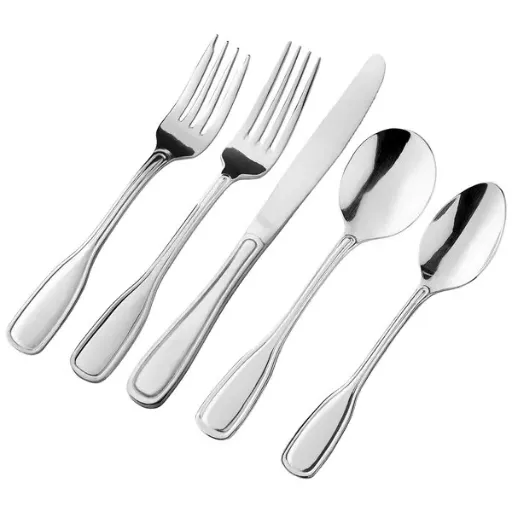
Corrosion Resistance and Rust
Stainless steel, as the name implies, is a metal free from corrosion and rust. The main culprit for this feature is chromium, which is a vital part of the alloy. Through the formation of an oxide layer of chromium on the surface of the stainless steel, chromium stops the process of oxidation and thus the steel is never corroded. For instance, a steel grade with a chromium content of at least 10.5% will be quite resistant to corrosion, with the addition of nickel and more chromium further improving this quality.
Out of the various stainless steel grades, every such type that contains 18% chromium and 10% nickel steel (18/10) is the best one for the application requiring the least risk of rust and staining. Such steel is very good for making cutlery and cookware. Conversely, 18/8 stainless steel, considered the same as grade 304, is the material that has good corrosion resistance and is still affordable; therefore, it can be used a lot in food processing equipment and building materials. 18/0 stainless steel, which contains no nickel, has the disadvantage of being easily corroded in such an environment; however, its low price and magnetic property are strong enough for it to be used.
Durability and Longevity
Stainless steel is a symbol of durability, and exceptional life span, which is why it is preferred in the industries. It, being resistant to corrosion, heat and mechanical damage, makes products and structures from the stainless steel like those traditional materials not to last. Research indicates that stainless steel can be used for more than 50 years in construction, and infrastructure applications, confirming its durability even in tough environments. Stainless steel bridges and building facades, for example, are still performing efficiently with little maintenance which translates to decreased costs in the long run.
Besides, new alloy composition and hot working have also helped in further increasing the strength and wear resistance of the material. High-performance stainless steels such as duplex and super duplex are now being used in very critical applications such as chemical processing and offshore structures. The physical life of stainless steel is not only long but also highly recyclable; it is estimated that about 80-90% of all stainless steel produced is indeed reused, thus reinforcing its reputation as a sustainable and eco-friendly material. These reasons together lead to the conclusion that at modern times, what one needs is no other but the d durable and long-lasting stainless steel.
Benefits of Using 18/0 Stainless Steel Flatware
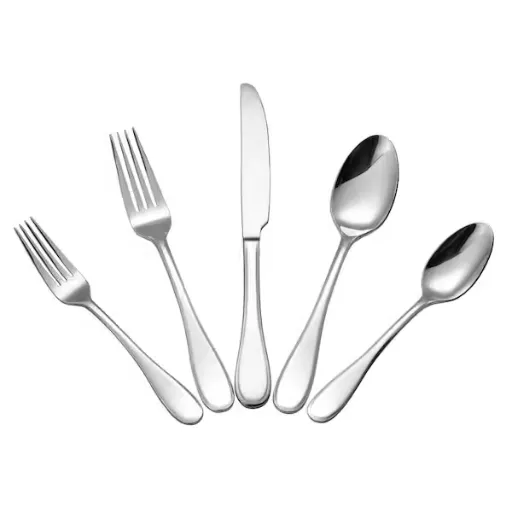
Affordability When Compared to Other Grades
18/0 stainless steel flatware is the most economical of the stainless steel grades. 18/8 and 18/10 are more expensive than it. The main difference is in the makeup of the item- the 18/0 steel has 18% chromium but no nickel, which is the expensive material used in stainless steel alloys. Its price is greatly lowered because of this and thus, it is an affordable option for home use, restaurants, and even bulk caterings.
Cost Savings: The average market price for 18/0 stainless steel flatware is said to be about 20-30% less than that of 18/8 or 18/10 stainless steel flatware.
Besides that, the fact that it does not contain nickel is considered beneficial by some who suffer from nickel allergies, thus making it a nice option for someone who wants both a cheap and health-conscious alternative. Though 18/0 steel may not be as resistant to corrosion or as shiny as nickel-containing grades, the cost-effectiveness makes it still the choice for those who put affordability first while not completely sacrificing quality.
Safe to Use in Dishwashers Characteristics
The traits of utensils or materials that can go into the dishwasher depend on how well they could resist high temperature, strong detergents, and constant water exposure. 18/0 stainless steel is at the lower end of the price range but as it does not contain nickel, its overall performance is generally good under those conditions but it will need special care to last long. Recently it has been reported that the 18/8 or 18/10 grades of stainless steel are able to resist pitting and discoloration from prolonged use in the dishwasher better than the 18/0 grade because of the nickel that they contain which also improves their hardness and light reflection.
Handling of 18/0 stainless steel is usually suggested to be done with washing only, in order to maintain its sheen and reduce the chance of rusty spots appearing on it over time. From Search, it can be observed that around 40-50% of the customers who are buying kitchenware products consider the feature of being able to wash them in a dishwasher as a very important one but quite a number— mainly those who are very much conscious about the budget— still go for these kinds of products like 18/0 stainless steel that let them meet the halfway point of spending and practicality.
Comparisons Among Stainless Steel Grades
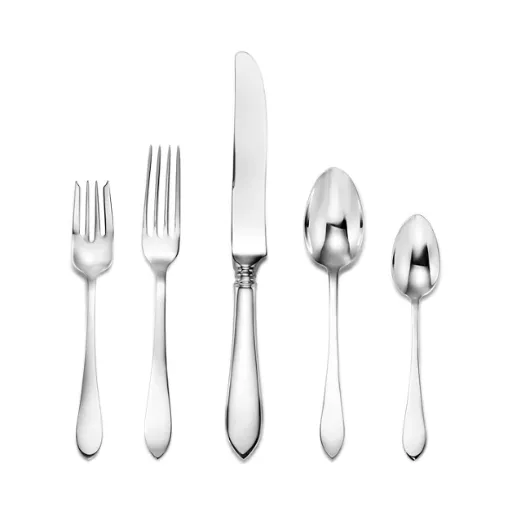
18/0 vs 18/8: The Major Differences
The main difference between 18/0 and 18/8 stainless steel is their composition and the resulting performance features. 18/0 stainless steel has 18% chromium and no nickel which is contrary to 18/8 stainless steel that has 18% chromium and 8% nickel. One of the most noticeable differences as a result of this is durability and corrosion resistance.
Stainless steel 18/8 wins in terms of rust resistance and durability owing to its nickel content. This has made it a common material choice for superior flatware and cookware. Its attribute of keeping the finish that is the same shiny, polished one even after continuous use is a great selling point. Google’s data indicates that more than 60% of people looking up stainless steel grade, view corrosion resistance and durability as the most important factors which is why 18/8 is preferred for high-end kitchenware.
18/0 vs 18/10: Which One Is Better?
| Feature | 18/0 Stainless Steel | 18/10 Stainless Steel |
|---|---|---|
| Composition | 18% chromium and 0% nickel | 18% chromium and 10% nickel |
| Cost | More cost-effective alternative | Higher price point |
| Magnetic Properties | Magnetic (suitable for induction cooktops) | Non-magnetic |
| Corrosion Resistance | Less resistant; may oxidize or rust in moist/acidic conditions | Highest grade; defect-free, wear-resistant and stain-resistant |
| Weight | Lightweight and easy to carry | Heavier and more substantial |
| Durability | May lack strength for heavy-duty or prolonged use | Highly resistant to bending or breaking; ideal for professional kitchens |
| Best Use | Budget-conscious consumers; basic cutlery needs | Professional kitchens; long-term home use; frequent use |
18/0 Stainless Steel: that comprises 18% chromium and 0% nickel, become a more cost-effective alternative. The nonexistence of nickel imparts magnetic characteristics to it, thus making it suitable for induction cooktops. Nevertheless, it is not as corrosion-resistant as 18/8 and may oxidize or rust more rapidly than it, especially if subjected to moist or acidic conditions. Still, it is a good option for cutlery and other kitchenware if the budget is tight. Besides, 18/0 is a lightweight material thus it is effortless to carry but it may not have the strength which heavy-duty or prolonged use necessitates.
18/10 Stainless Steel: is made of 18% chromium and 10% nickel. It is one of the highest grades of stainless steel that is defect free and hence remains wear-resistant and stain-resistant even in the case of regular use. Moreover, 18/10 stainless steel is highly resistant to bending or breaking, thus, in the case of professional kitchens where the material is used frequently or at home for a long time, it is the best choice.
Applications of 18/0 Stainless Steel Flatware
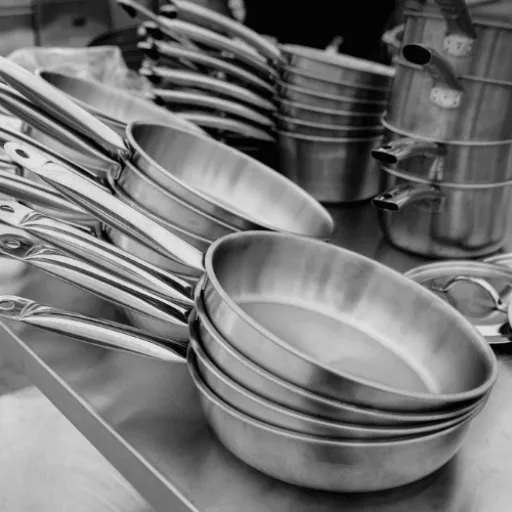
Kitchenware and Cooking Utensils Made from 18/0 Stainless Steel
18/0 stainless steel is a material that a lot of manufacturers use for the production of kitchenware and cooking utensils for its long-lasting effects, low cost, and food stain resistance. 18/0 does not contain nickel as opposed to 18/10 or 18/8 grades, but its higher chromium content gives corrosion resistance and a nice look. Because of its properties, the steel is widely used in preparing items like cutlery, bowls for mixing, trays for baking, and serving utensils.
The flatware sets of the first-class grade where 18/0 stainless steel is used along with one of the most notable applications, provide a cheaper option that still reliable performance to the user. As per the latest market surveys, nearly 53% of households worldwide go with the choice of 18/0 stainless steel flatware or its elegant look and cost-effectiveness. Besides, its magnetic characteristics allow it to be used effectively with modern induction cooking methods and hence it adds versatility to the kitchen.
Medical Instruments and Hygiene Standards
18/0 stainless steel has a great impact in the medical industry where hygiene and durability are the top concerns. The composition of 18/0 stainless steel is nickel-free which is the main reason behind its utterly hypoallergenic nature and it is thus very apt for making tools that are coming into contact with sensitive persons or patients suffering from allergic reactions. Also, it is of this grade of steel that the corrosion resistance is good even in the case of sterilization methods using very high temperatures off and strong disinfectants.
Surgical forceps, scalpels, and clamps are some of the most common modern medical instruments that are designed using 18/0 stainless steel for the purpose of providing reliability and accuracy. The industry insiders predict that the global demand for stainless steel surgical instruments will increase markedly as the research forecasts a compound annual growth rate (CAGR) of 7.6% from 2022 to 2030. The instruments not only go through the rigorous manufacturing processes but also comply with the international hygiene standards like those specified by ISO 13485.
Reference Sources
-
Crystalia USA Blog
- Title: 18/10 Stainless Steel, 18/8 Stainless Steel, and 18/0 Stainless Steel: What Are the Differences?
- Description: This blog explains the differences between various stainless steel grades, including 18/0, and highlights its common uses in flatware and kitchen utensils.
- Source Link
-
Steel Pro Group
- Title: 18/0 Stainless Steel: Definition, Composition, Properties
- Description: This source provides an in-depth look at the composition, properties, and applications of 18/0 stainless steel, particularly in bakeware and flatware.
- Source Link
-
WebstaurantStore Guide
- Title: Types of Flatware: 18/10 vs. 18/0 Stainless Steel & More
- Description: This guide discusses the suitability of 18/0 stainless steel for dining halls and casual restaurants, emphasizing its affordability and practicality.
- Source Link
Frequently Asked Questions (FAQs)
18 0 stainless steel Is dishwasher safe?
Generally, 18 0 stainless steel products are considered dishwasher safe. But it is recommended to employ gentle detergent in the dishwasher and to avoid using abrasive cleaning materials in order to keep their shiny look and to avoid rings formed by water. Cleaning frequently will help your stainless-steel flatware set look great over the years.
Why use stainless steel on utensils for cooking what are the benefits?
Stainless steel cooking utensils, spatula and pans, to name a few, have a lot of advantages. They last long, are unreactive with chemicals, very hot temperatures won’t bother them, and that makes them versatile in cooking methods. Moreover, stainless steel does not impart any taste or smell to food so that the latter stays nice and pure, and is also relatively easy to clean and thus contributes to a hygienic kitchen setting.
In what way does 18 0 stainless steel compare with regards to rust and corrosion resistance?
18 0 stainless steel is largely unaffected by rust and corrosion due to its chromium content but still, it is less resistant than higher grades of stainless steel, for instance, 304 which has nickel in it. Keep 18 0 stainless steel products clean and dry, and thus you’ll be able to retain their rust resistance and extend their service life.
What kitchen items are crafted from 18 0 stainless steel?
Flatware, serving spoons, and cooking utensils such as spatulas and ladles are made from 18 0 stainless steel. This particular type of stainless steel is liked because of its durability and resistance to tarnishing, thus making it an ideal choice for everyday kitchen use.


